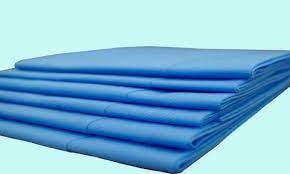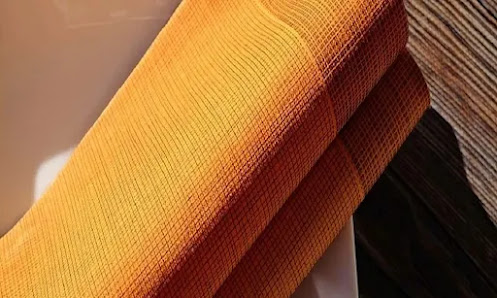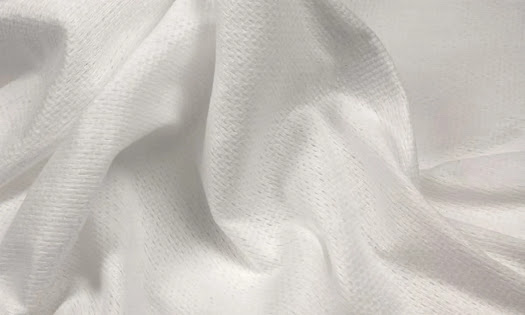The Marvel Of Non-Woven Fabrics In Medical Applications

The field of medicine is constantly evolving, with innovations that aim to improve patient care, safety, and comfort. One such innovation that has significantly impacted the medical industry is the use of non-woven fabrics. These versatile textiles have found a multitude of applications in the medical sector, revolutionizing the way healthcare professionals provide treatment and ensuring patient well-being. In this blog post, we will delve into the fascinating world of non-woven fabrics in the medical field, exploring their properties, applications, and the advantages they offer. Understanding Non-Woven Fabrics Non-woven fabrics are engineered textiles that are not produced by weaving or knitting fibers together, as in traditional textiles. Instead, they are made by bonding or interlocking fibers through various processes like mechanical, thermal, or chemical methods. The result is a fabric that is strong, durable, and highly versatile. Properties of Non-Woven Fabrics Porosity: Non-w...

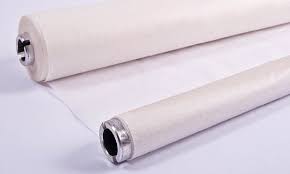
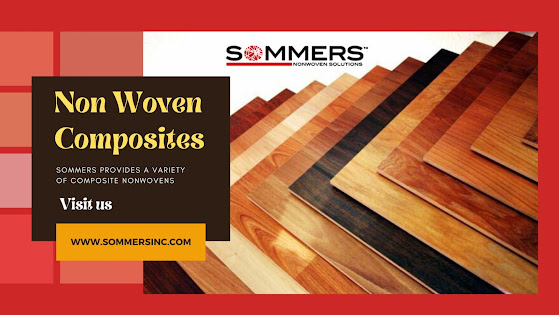

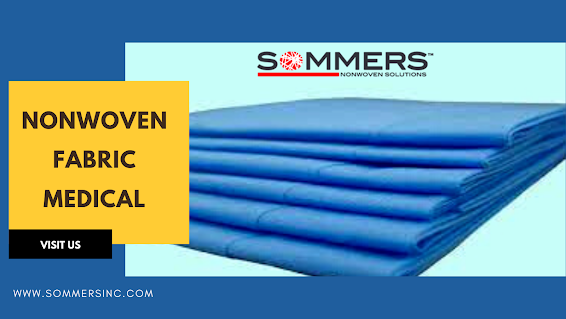.png)
.png)
